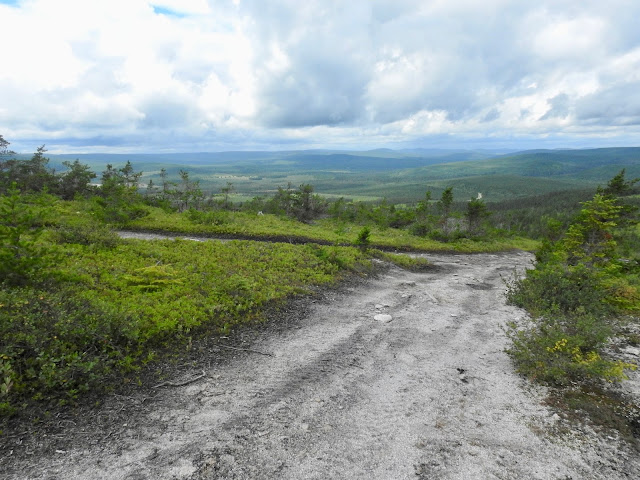Wave-loving Shorebird
 |
| Sanderling |
The Sanderling (Calidris alba) is one of our shorebirds commonly called 'peeps'. This term is often used for the smallest shorebirds that frequent our shores especially in the late summer and fall. Their call notes are interpreted in the name. We have many different species of shorebirds but the smallest ones are limited to about 6 species; Least, Semi-palmated, White-rumped, and Baird's Sandpipers, Semipalmated Plover and the Sanderling. The other common species are larger to varying degrees.
The Sanderling is a very active sandpiper. It loves large bodies of water where it appears to chase the waves as they break on the shore. See the photo below. Actually what they are doing is searching for invertebrates and insects brought in or stirred up by the waves. That action makes them active little birds. It is interesting to watch small flocks as they actively feed.
 |
| Sanderling Chasing Waves In and Out |
Here the Sanderling is usually seen in the very pale whitish non-breeding plumage. It shows a distinguishing black patch at the leading edge of the folded wing. In flight it shows a wide white strip on the wing with a black leading wing edge. The breeding plumage is much different and rarely seen here because we don't see this species here in the spring. Acquired in late April, the breeding plumage shows a deep mottled rusty brown on the head and back, with white underneath. I have never seen a Sanderling in this plumage. In both plumages, the Sanderling has a black bill and legs.
 |
| Sanderling Showing Black in Anterior Aspect of Folded Wing |
The Sanderling nests in the far north in our Arctic islands. It migrates north usually up the central flyway (up the centre of the continent). In the fall it returns south down the east and west shores of North America as well as the central flyway. That brings the birds here to New Brunswick in the fall where they feed on our sandy shores until gaining enough weight to continue their journey south to Mexico and the Caribbean islands.
The Sanderling is one of our shorebirds with a worldwide distribution. It also breeds in Northern Europe and Asia and winters in the Mediterranean and eastward. This species was first describe in 1764 by a German naturalist, Peter Simon Pallas. It is a cheery little species and makes our visits to the shores of our large lakes and oceans much more interesting.
 |
| Sanderling |














































